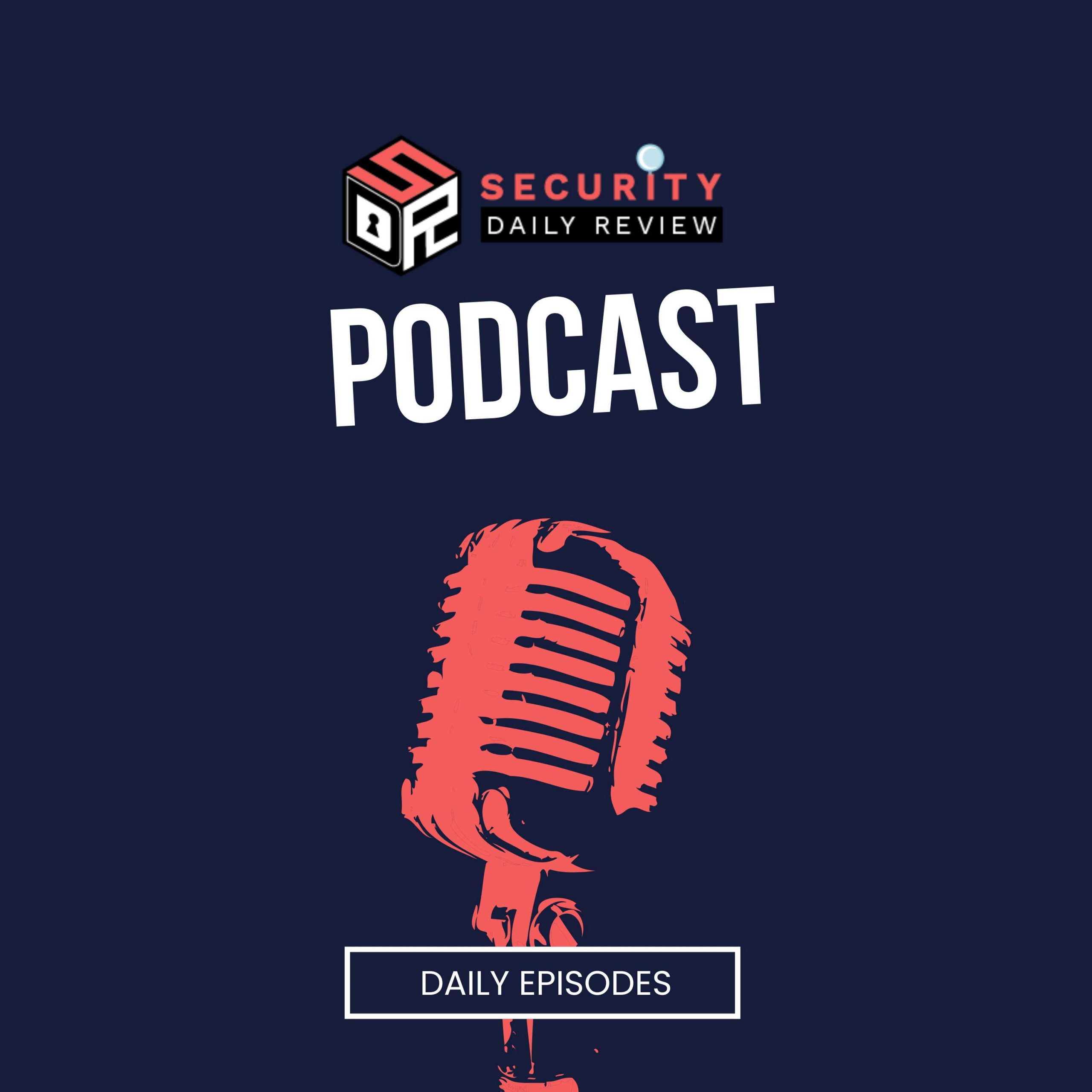Outdated Hiring Practices Hamper Cybersecurity Talent Acquisition: Heading
As cybersecurity threats evolve at an unprecedented pace, Fortune 100 companies are finding themselves ill-equipped to attract and retain the talent they need. The core issue, experts say, lies in outdated recruitment practices that fail to align with the expectations and needs of modern cybersecurity professionals.
Table of Contents
- Fortune 100 Companies Struggle to Attract Cybersecurity Talent
- The Flexibility Gap: Remote Work Remains Scarce
- Unrealistic Job Descriptions Discourage Potential Candidates
- Entry-Level Professionals Need a Way In
- Strategies for Success: What Modern Cybersecurity Recruitment Looks Like
- Conclusion: Evolve Hiring or Fall Behind
1. Fortune 100 Companies Struggle to Attract Cybersecurity Talent
A new report from managed detection and response provider Expel paints a troubling picture: despite the expanding demand for cybersecurity expertise, Fortune 100 companies are falling short in recruitment due to antiquated hiring models. Only 74% of current roles in the U.S. cybersecurity workforce are filled, leaving a significant shortfall of qualified professionals (Axios, July 15, 2025). Companies that adhere to rigid HR policies and outdated job frameworks are exacerbating the existing cybersecurity talent shortage.
Jason Rebholz, advisory CISO at Expel, emphasized that many enterprises have failed to adapt, noting that too often, job titles are misaligned with market expectations. He stressed the need for updated compensation structures and benefits, including mental health support, to compete meaningfully for top-tier talent.
2. The Flexibility Gap: Remote Work Remains Scarce
One particularly glaring issue is the lack of remote work options in cybersecurity job postings. Expel’s analysis found that just 8% of cybersecurity roles at Fortune 100 companies offer remote flexibility—a misstep in a market where digital work environments are not just possible but expected (Axios, July 15, 2025).
In industries defined by digital infrastructure, denying candidates remote opportunities narrows the talent pool significantly. Flexibility, including hybrid or fully remote roles, has become a primary factor for cybersecurity professionals evaluating career opportunities.
3. Unrealistic Job Descriptions Discourage Potential Candidates
Even when positions are openly advertised, the descriptions themselves can serve as barriers. Jonathan Fowler, CISO at Consilio, has revamped hiring language at his organization to focus on actual job duties rather than extensive—and often unrealistic—sets of qualifications (CSO Online).
Traditional job postings frequently ask for a laundry list of certifications, five to ten years of experience for junior roles, and deep knowledge across multiple platforms—overwhelming applicants and deterring otherwise qualified individuals. A more pragmatic approach would prioritize essential competencies and role-specific capabilities.
4. Entry-Level Professionals Need a Way In
Another critical flaw in current cybersecurity hiring practices is the widespread exclusion of entry-level talent. Many companies are caught in a self-defeating loop: demanding senior-level experience while offering junior-level compensation. This dynamic not only discourages fresh talent but also fuels a cycle of talent poaching and salary inflation (Andrea Fortuna, March 11, 2025).
To break this cycle, organizations need structured pathways for developing internal talent, such as mentorship, internship pipelines, and partnerships with academic institutions. These initiatives go beyond simply hiring—they build a sustainable and loyal workforce.
5. Strategies for Success: What Modern Cybersecurity Recruitment Looks Like
Forward-thinking organizations are already exploring innovative recruitment strategies to overcome these outdated norms. According to a Forbes HR Council article, six key strategies are emerging:
- Rethink résumé filters: Move away from keyword-matching algorithms; instead, focus on actual skills and project-based experience to uncover undervalued talent.
- Blend AI with human oversight: While artificial intelligence accelerates hiring, human reviewers can detect soft skills and cultural fit that algorithms miss.
- Adopt skills-based hiring: Practical exercises and scenario testing can better assess readiness than formal degrees alone.
- Diversify talent pools: Veterans, career changers, and professionals from related technical domains can contribute in meaningful, innovative ways.
- Focus on retention: Career development opportunities, continuous learning, and mental health support are key to keeping staff long term.
- Improve candidate experience: Timely feedback and transparent communication during hiring enhance the corporate image and attract top applicants.
Further, Boston Consulting Group (BCG) advocates skills-mapping to real threats, workforce upskilling, and government collaboration for closing the cybersecurity talent gap. This includes targeting underrepresented groups to foster greater inclusion in the field.
6. Conclusion: Evolve Hiring or Fall Behind
The cybersecurity talent crisis is no longer an emerging concern—it’s a present operational risk. Organizations that continue to rely on legacy hiring methods risk more than just unfilled roles; they face increased cybersecurity exposure, burnout among current teams, and common knowledge drain to competitors with better practices.
As the talent shortage deepens, companies must adapt by offering remote work, building inclusive pipelines, adjusting job expectations, and embracing skills-based hiring. Recruitment success in 2025 requires not just filling roles but rethinking how we define and attract cybersecurity professionals in the first place.







